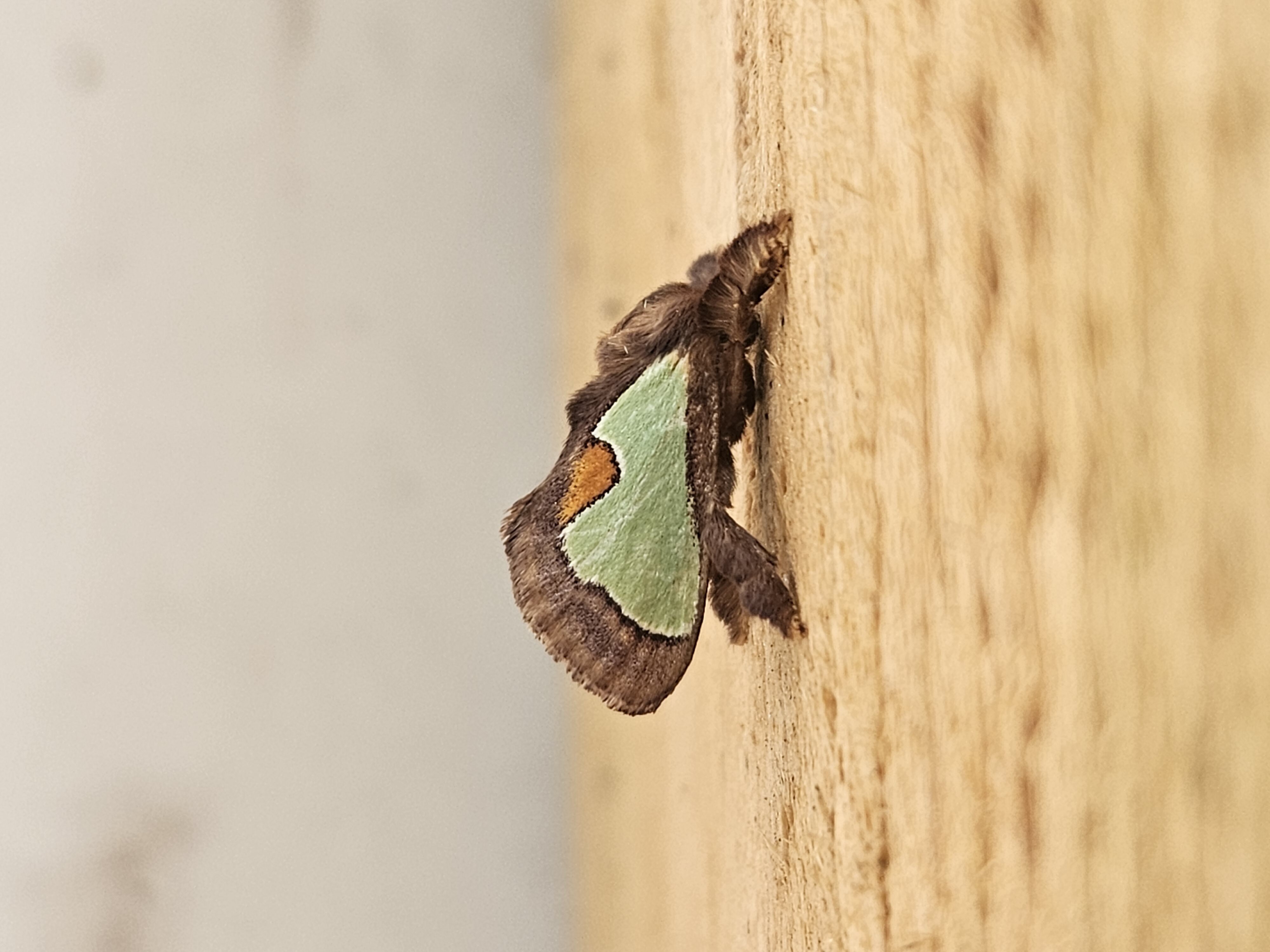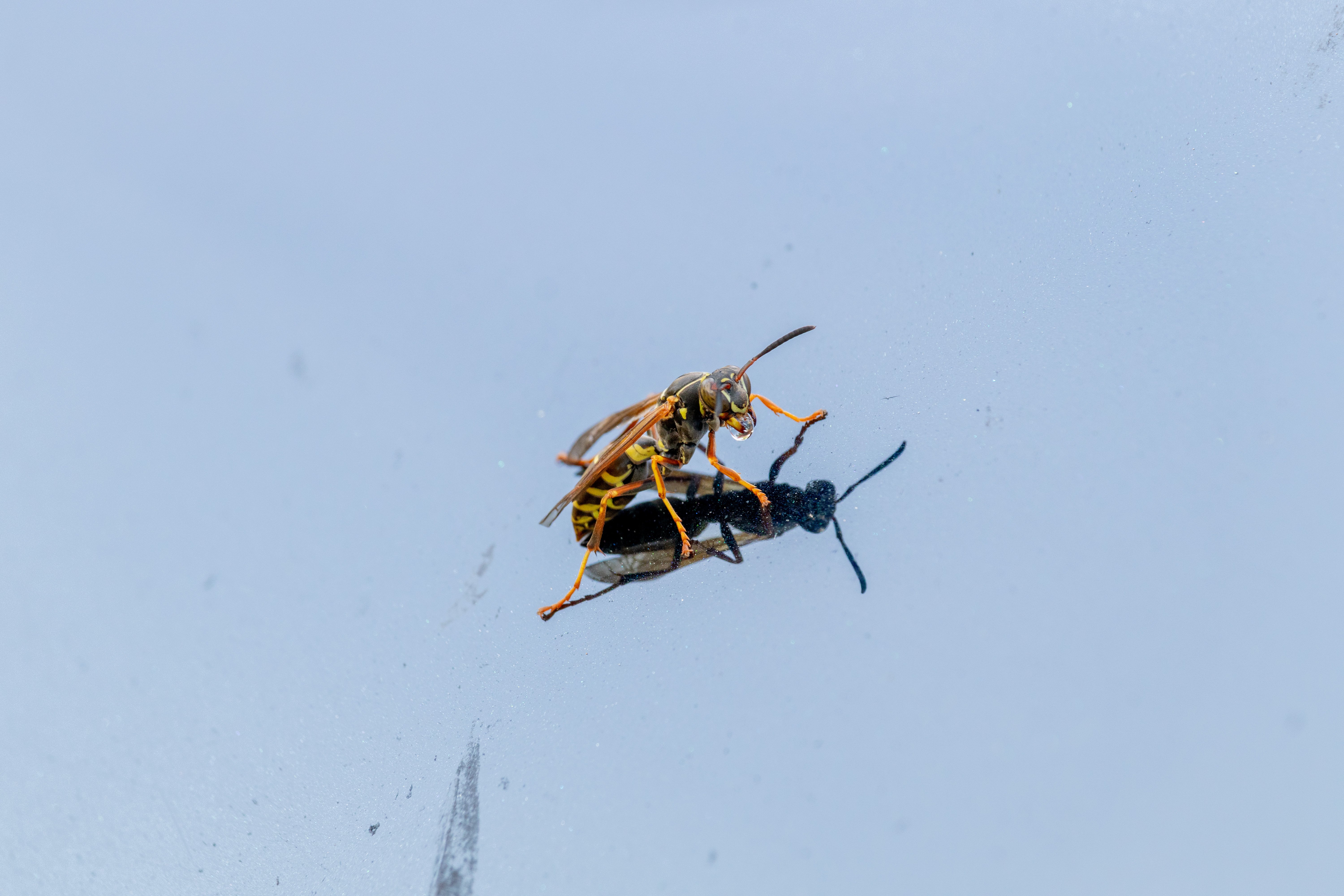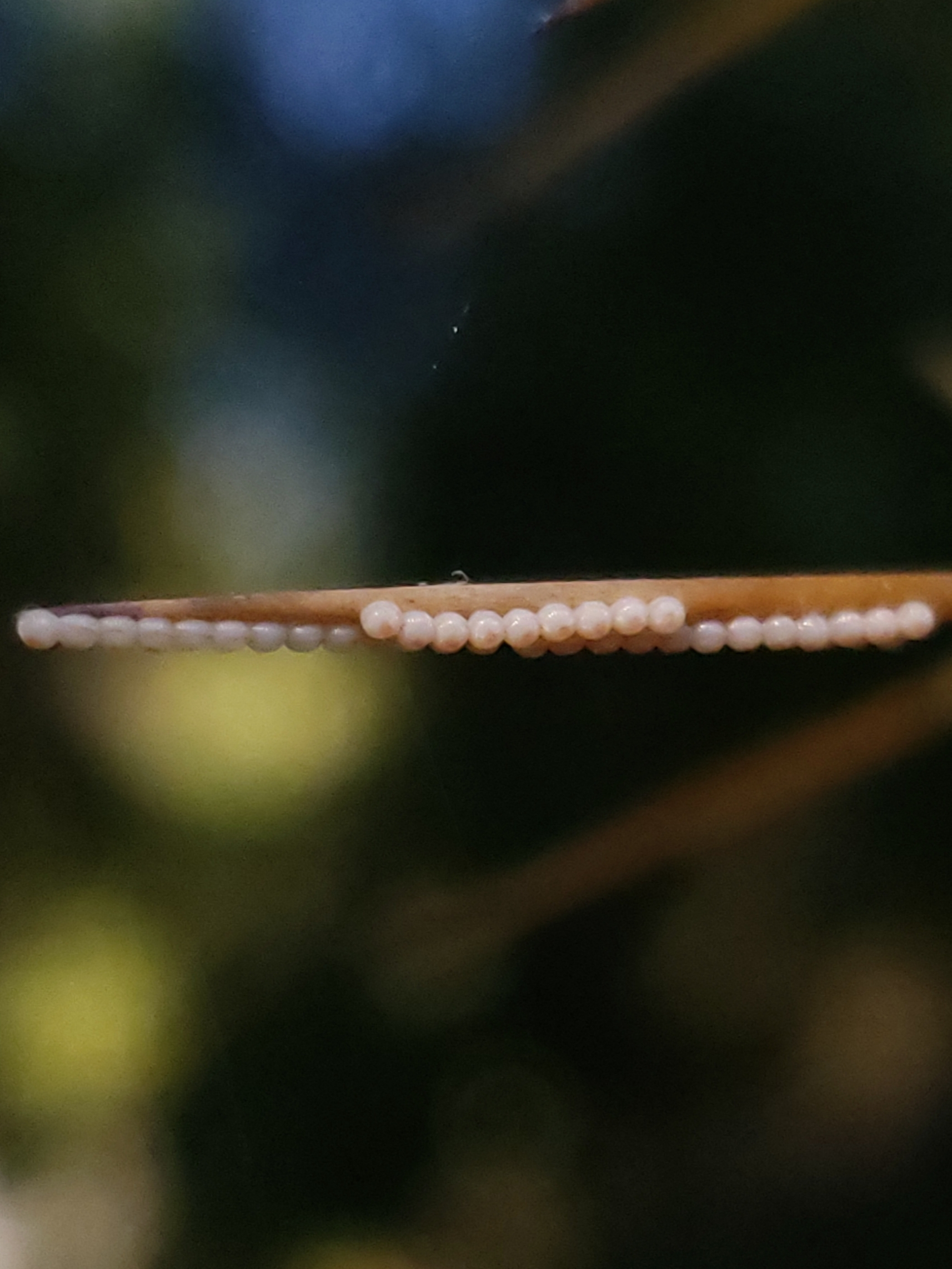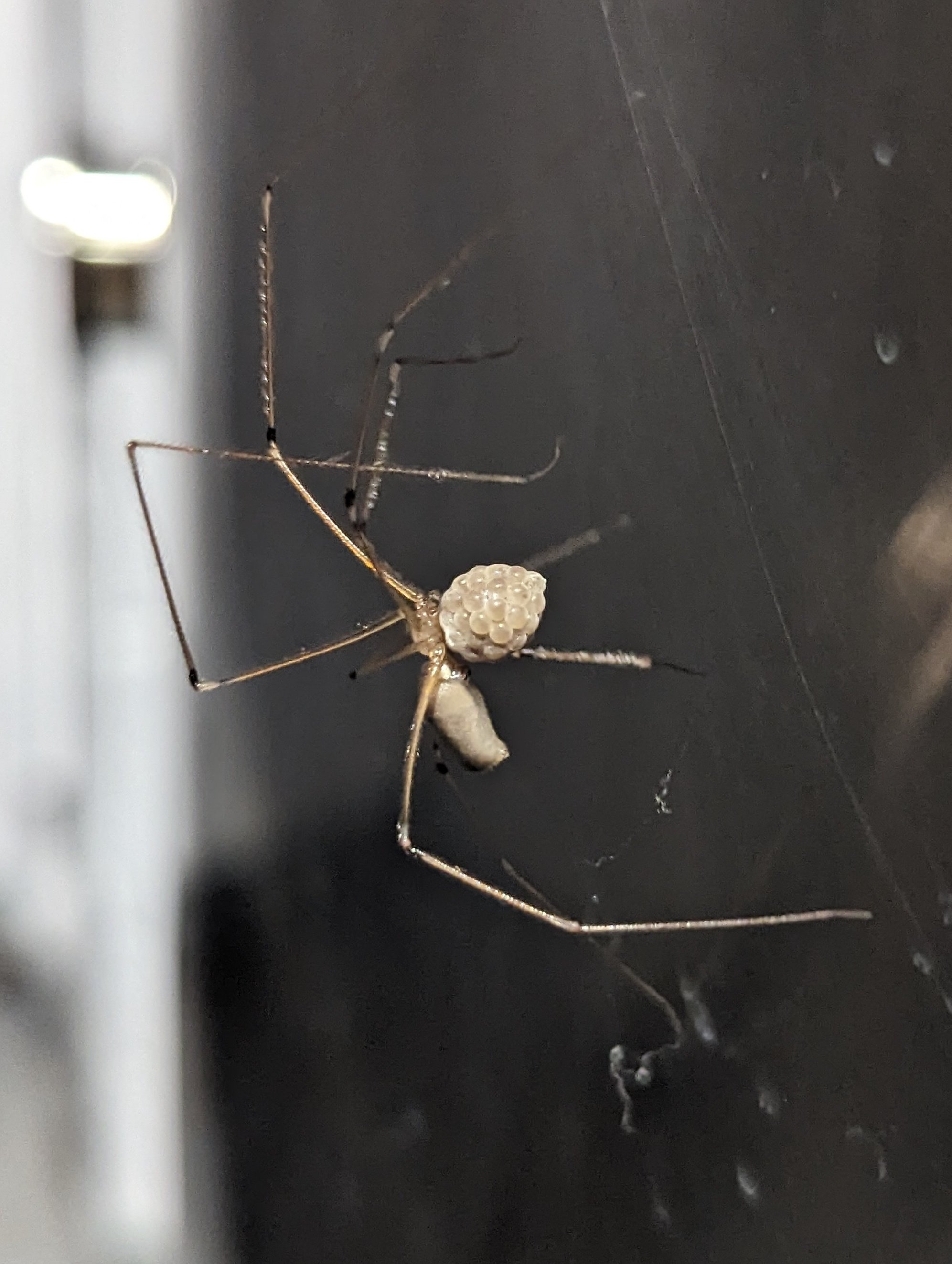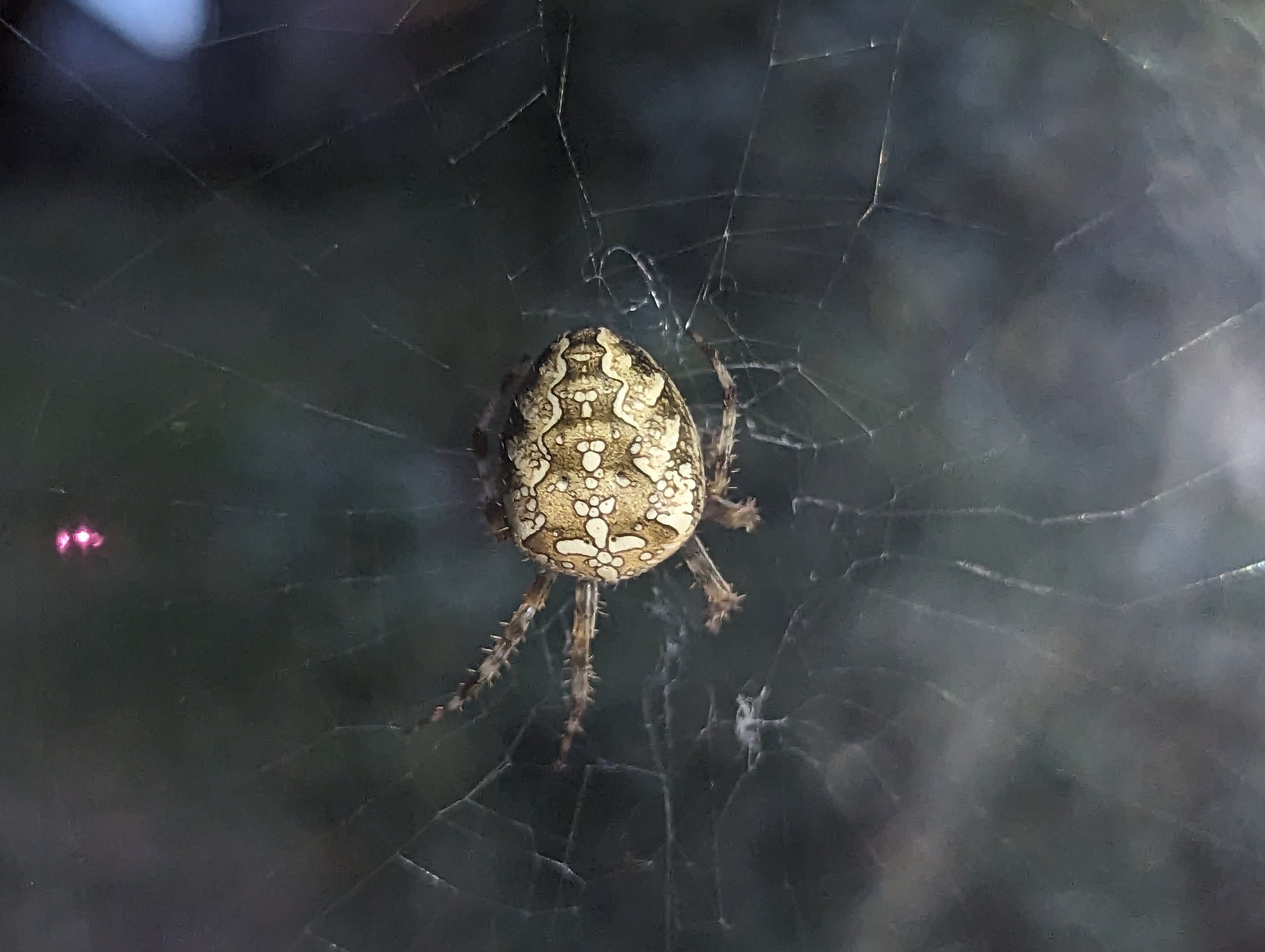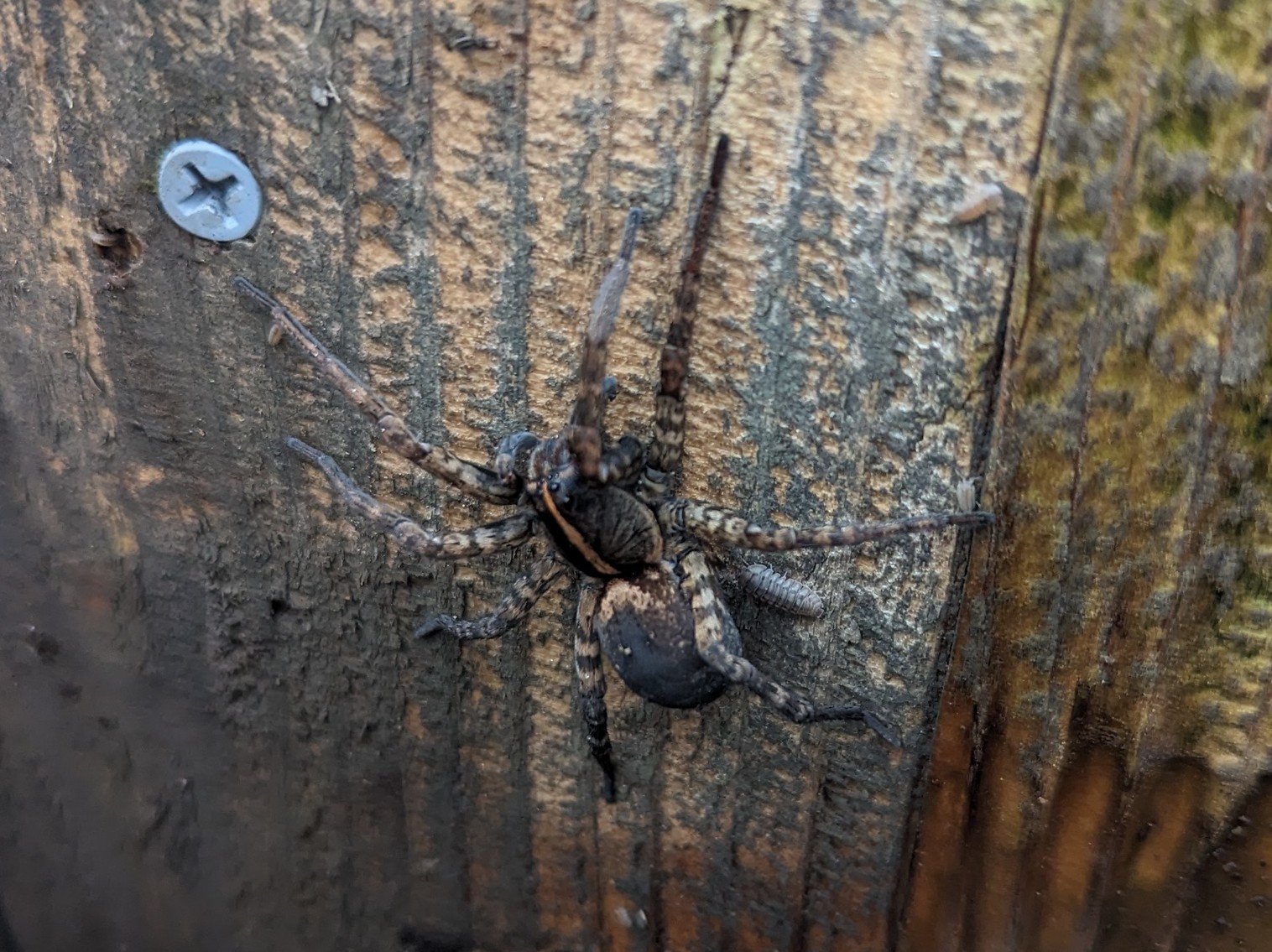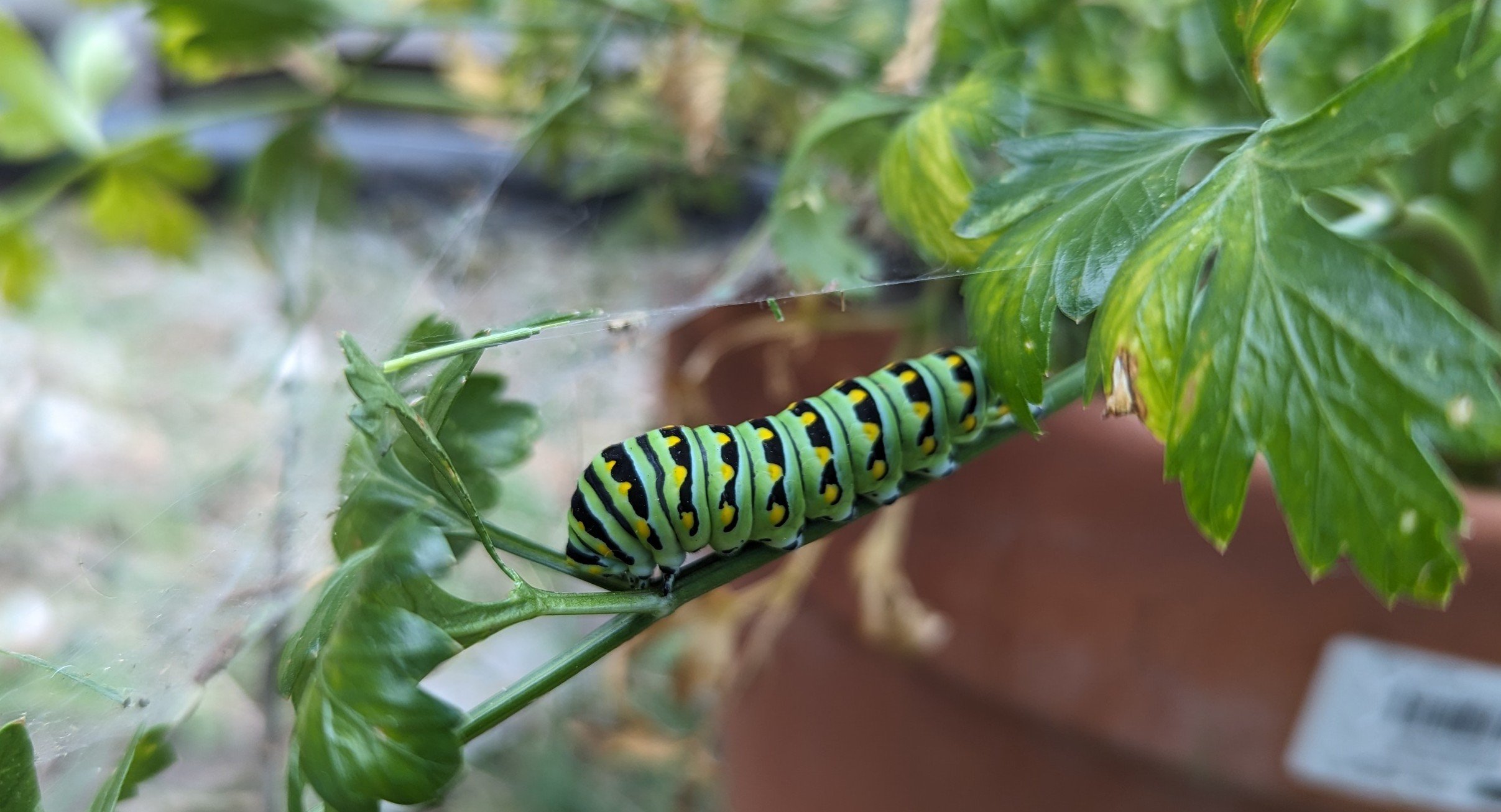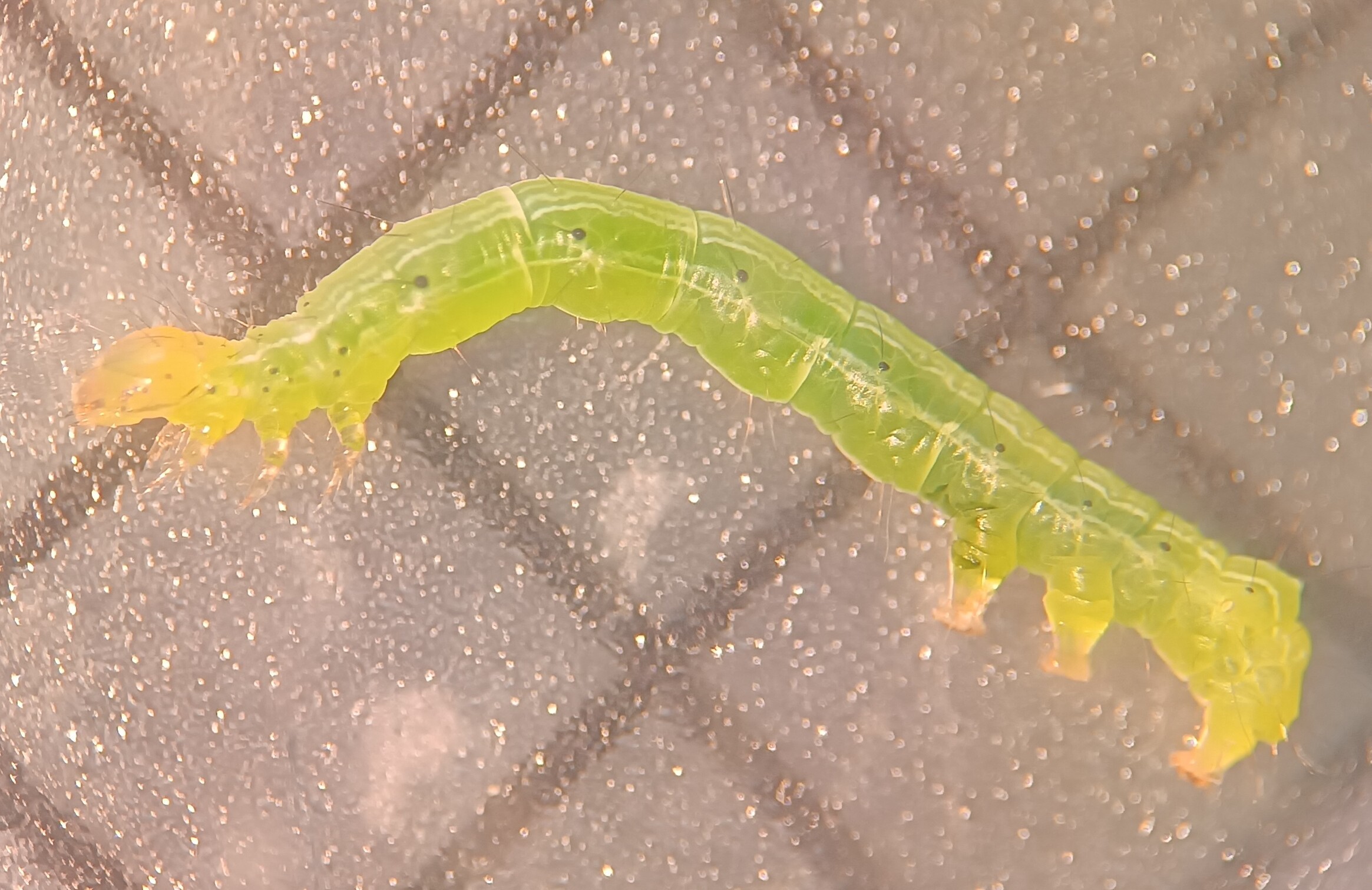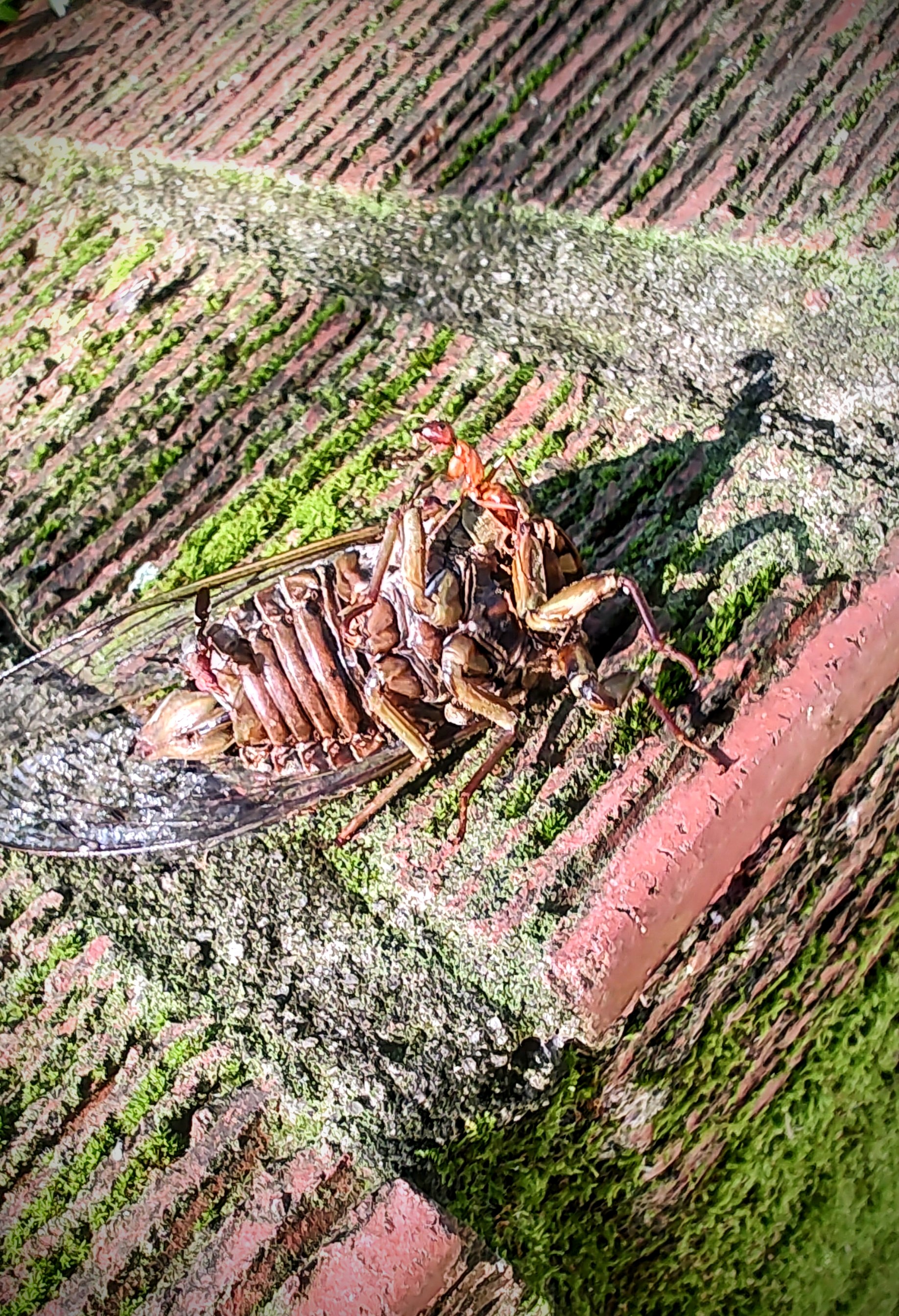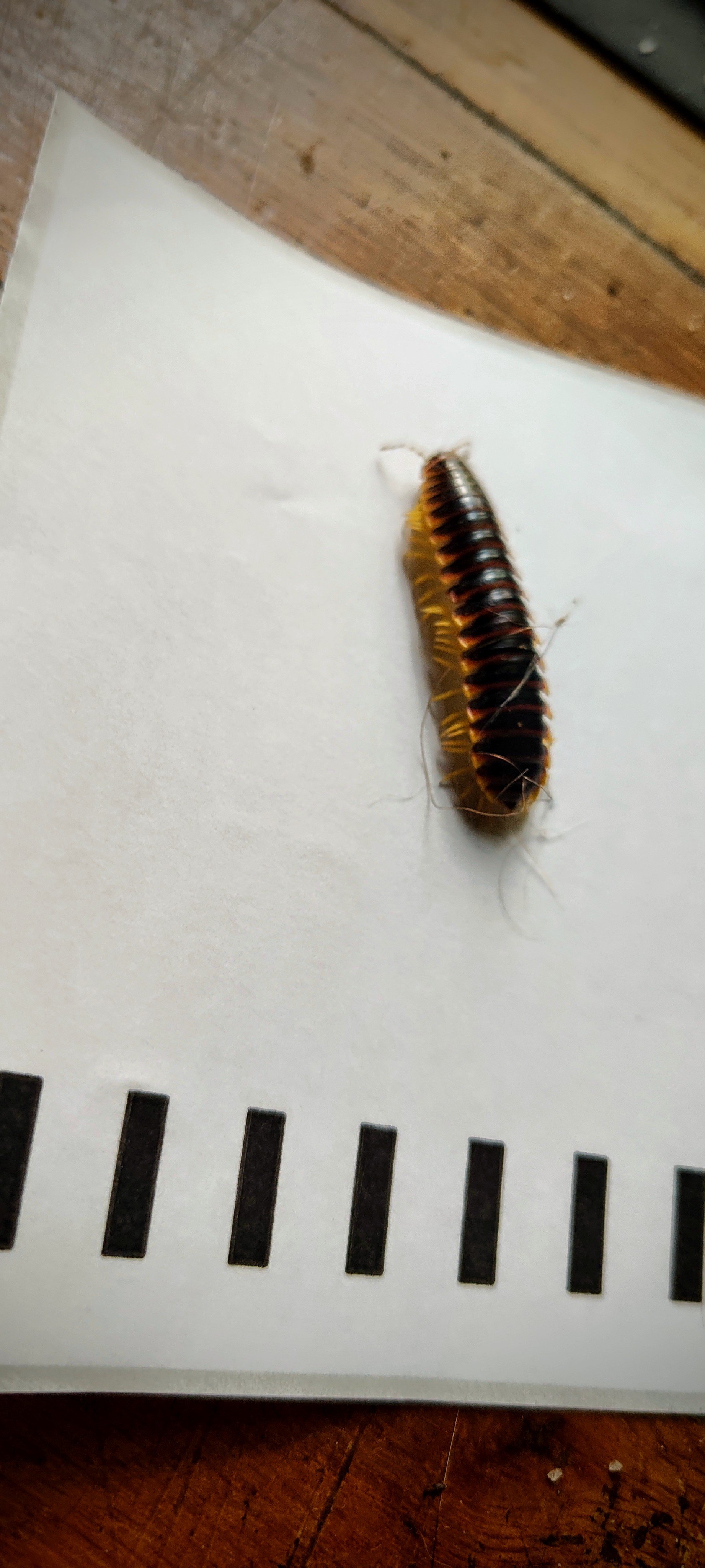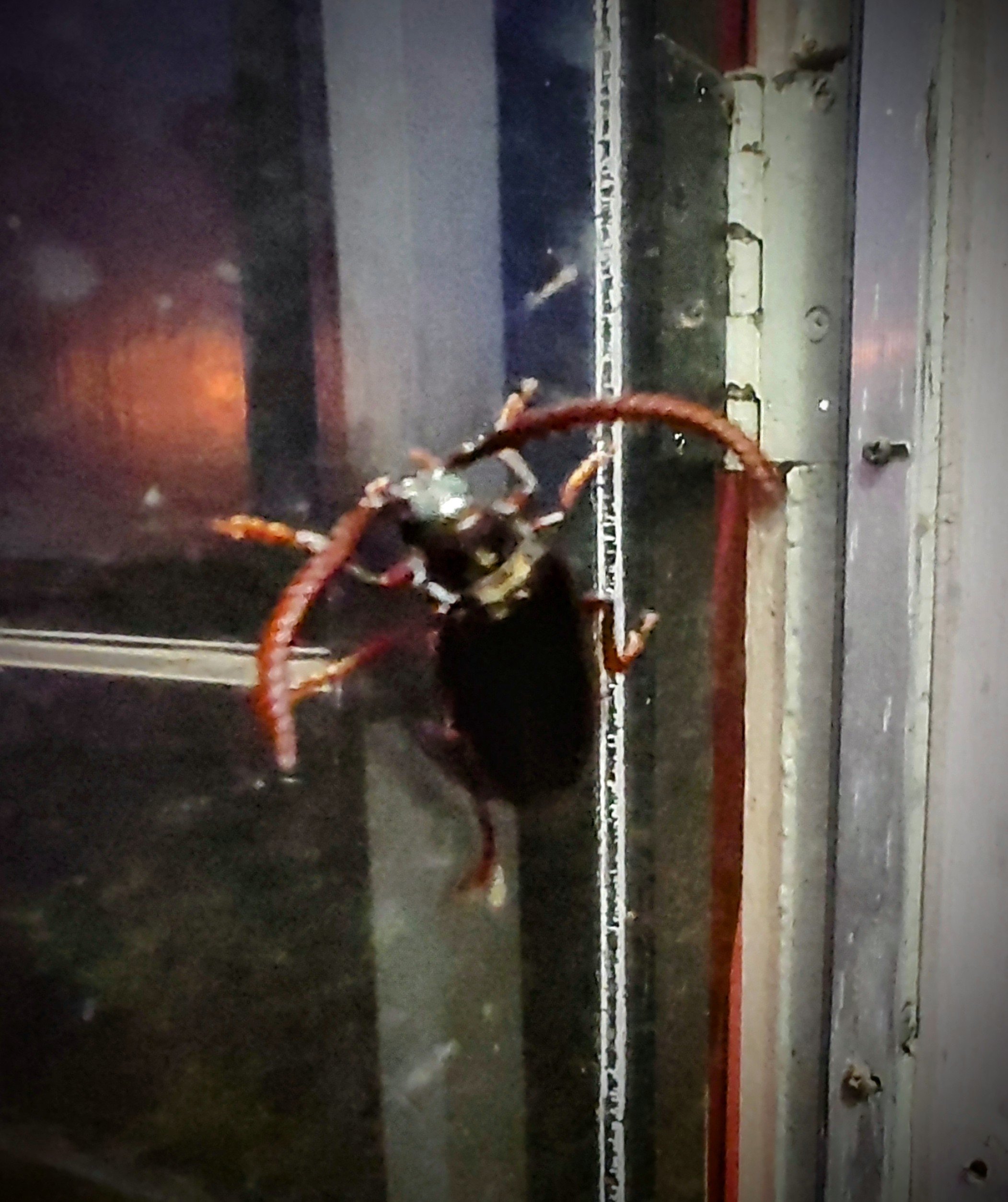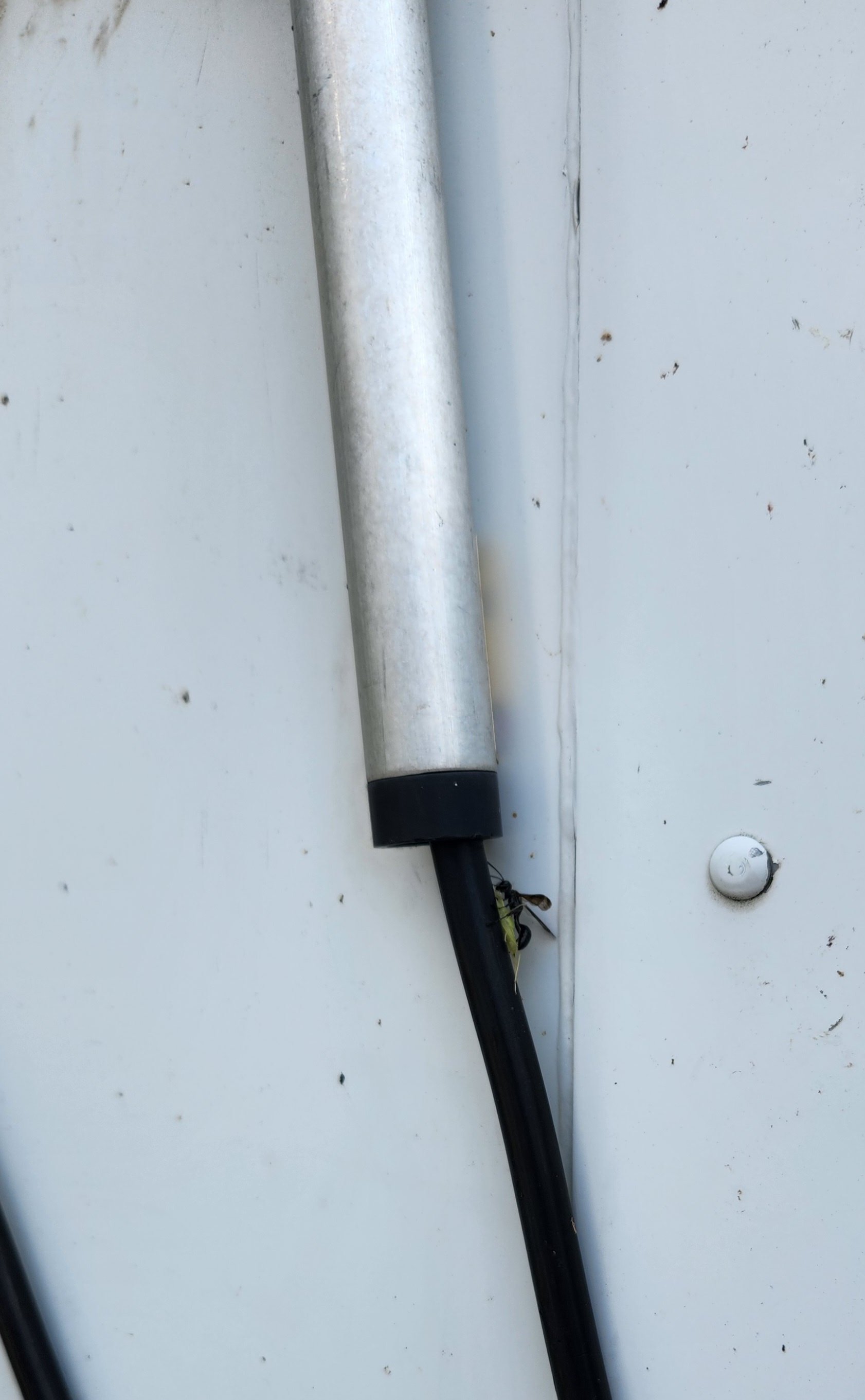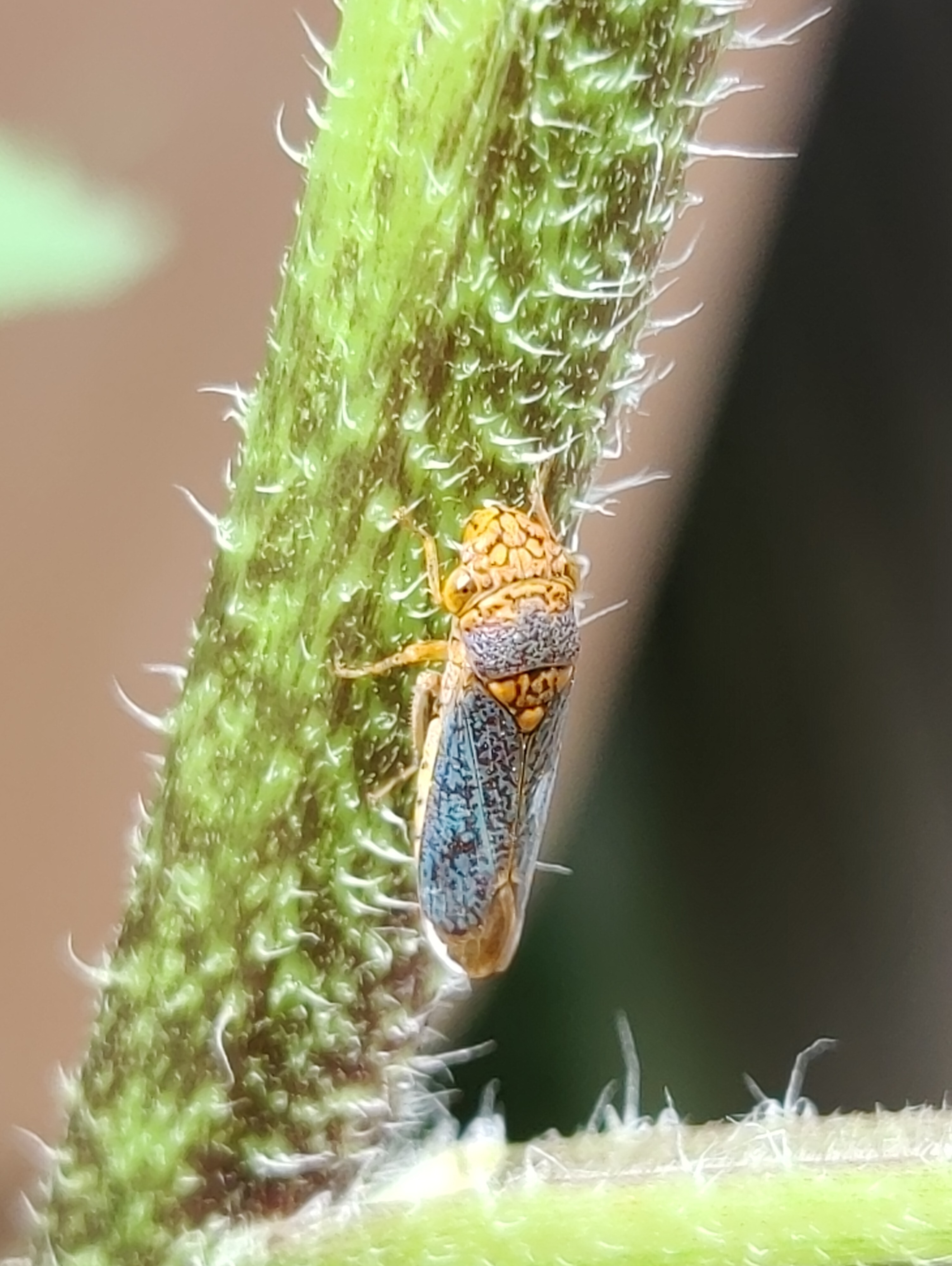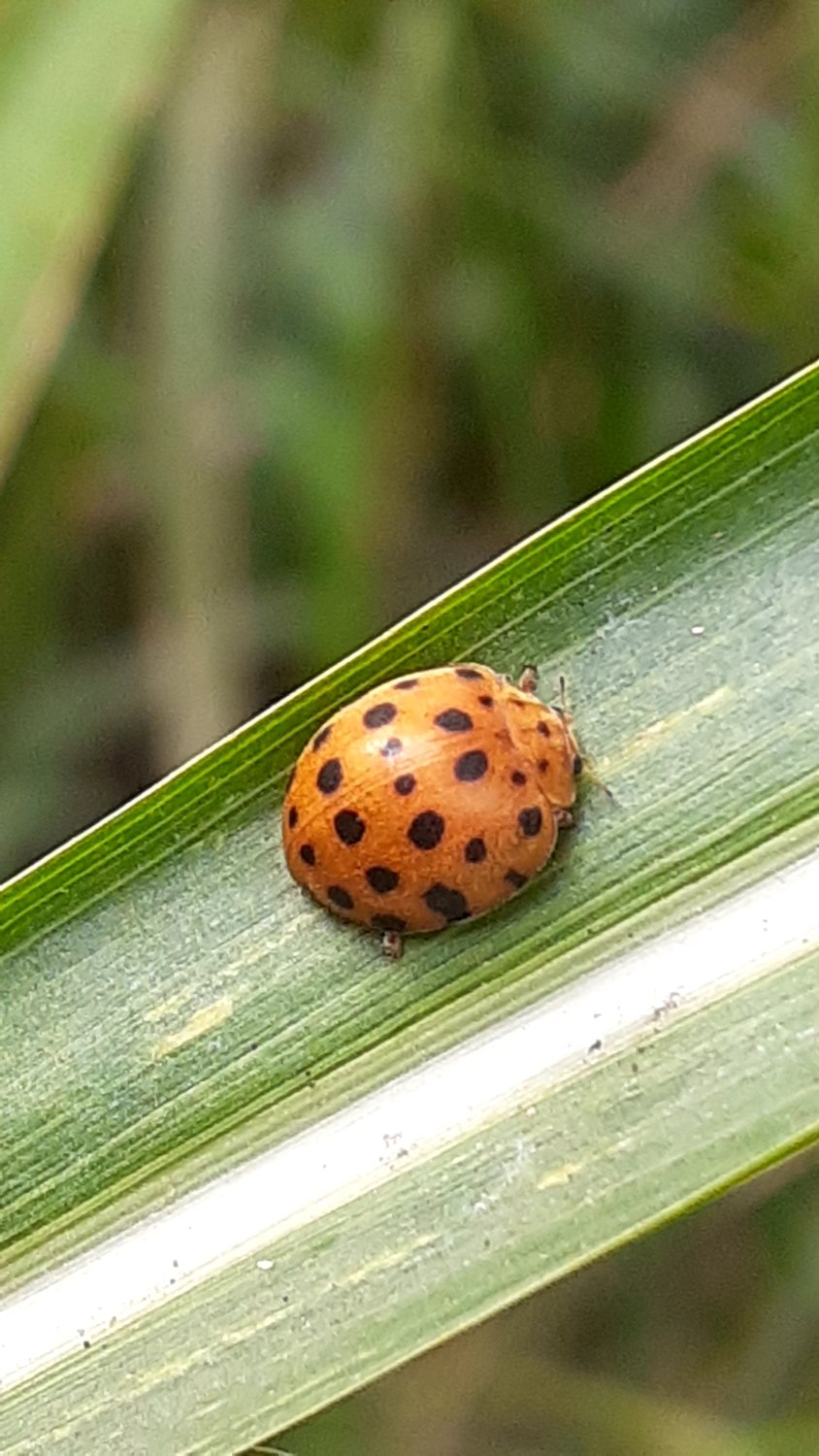bugs
0 readers
1 users here now
A casual place for Arthropoda.
Submission Examples:
- Share a cool picture of a bug.
- Ask about how insects "smell."
- Tell a story about a scary wasp.
- Solicit amateur identification.
Rules:
- Relate posts to Arthropods.
- Do not guess IDs. Use a key.
- If bit/stung, get medical help!
founded 1 year ago
MODERATORS
1
2
3
4
5
6
7
8
9
10
11
12
13
14
15
16
17
18
19
20
21
22
23
24
25
view more: next ›
